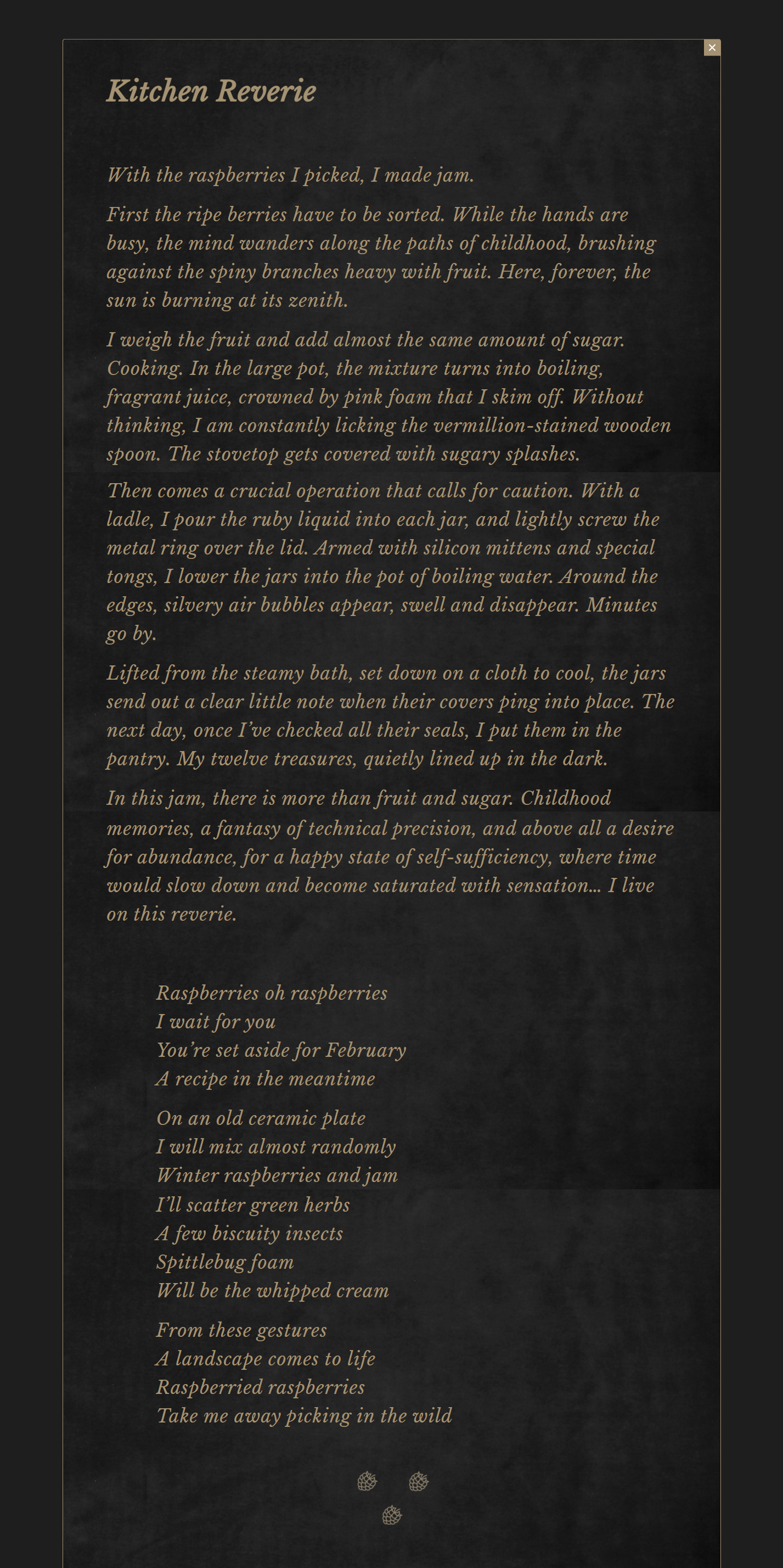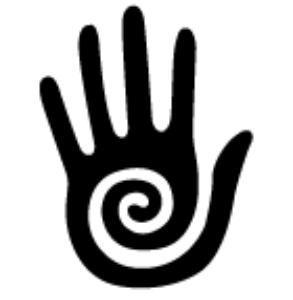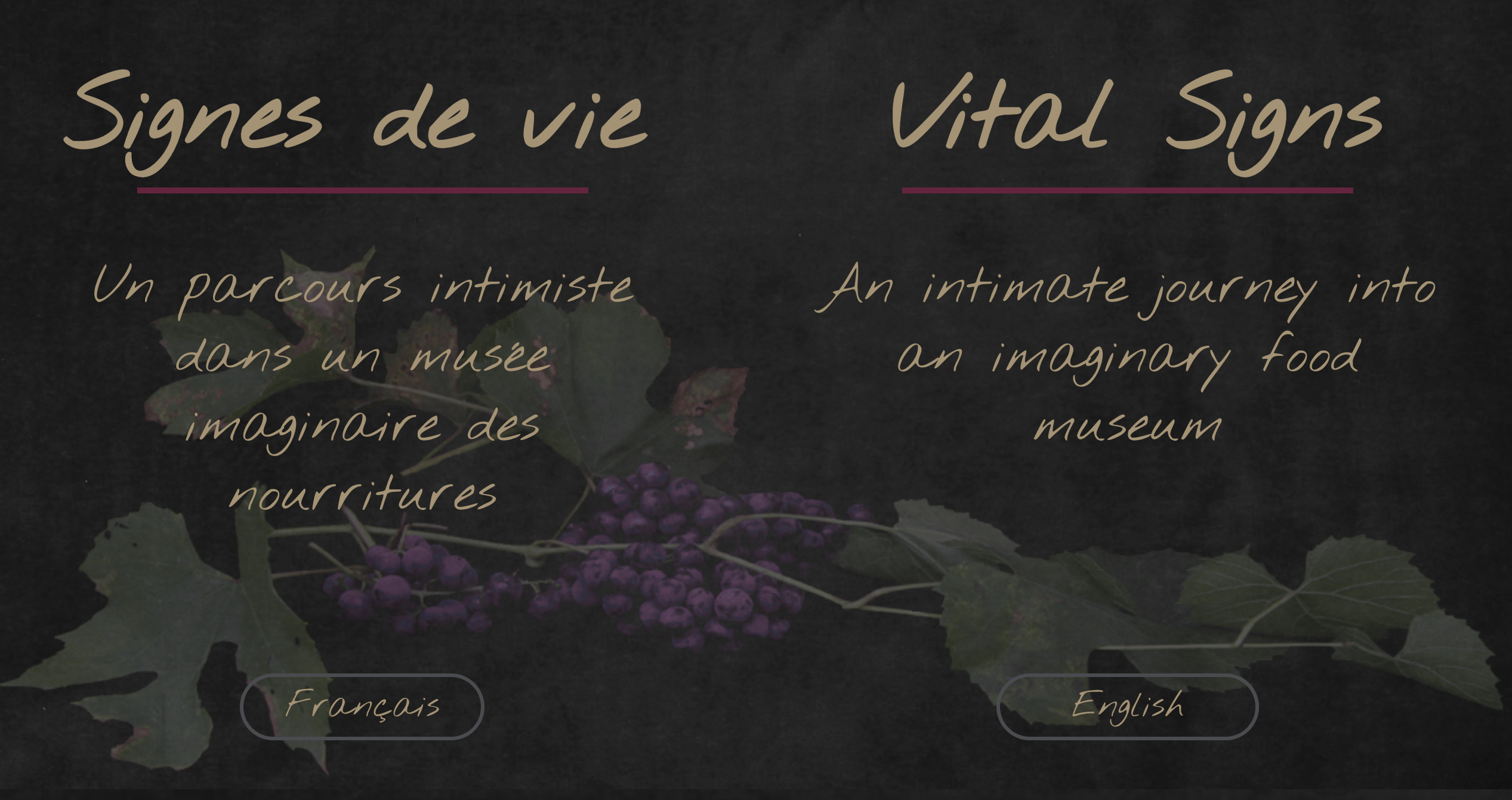TT Journal, Vol.1, ISSUE 2, 19th March 2021
by Geneviève Sicotte
I often think about food. I love the sight, feel, taste and smell of it, the endless variety of things I can do with it, its effects on my body. I am also fascinated by the layered meanings of food memories, traditions and rituals, where the intimate and the collective intersect. Food is so important to me that I should rather say: I think with food. It forms my basic psychic material.
But also… I love words. I revel in them, in their shape and diversity, in the abstractness they carry. They allow infinite and playful possibilities – be it on a board of Scrabble, in the pages of Flaubert or Proust, in all sorts of dictionaries, or in the rhythms of poetry… This love of words quite naturally led me to writing. If the academia gave my prose a composure and even a restraint, now it takes on other shapes, more intuitive and freer.
It took me quite a while to allow these two passions to develop equally. Creation was instrumental in this endeavour – not as a sudden game-changer, but rather as a door creaking open. I wished to gain insight into my food obsession. But I had to do it with words, because I felt that only they could give shelter to the fleeting sensations and meanings food can carry.
I imagined a mediated or mediating space. A website where words, images, sound and digital data would be upheld and fuelled by real food gathered, cooked and eaten. A space where abstraction would meet experience, where the material would infuse the virtual, where meaning would become embodied. Vital Signs is this space, a tentative bridge between worlds.
To create this space, I contemplated the foods that spoke a secret language to me. Take the raspberry, for instance. For a mysterious reason, the mere word – let alone the smell – plunges me into rapture, nourishes my dreams, opens up a world. I gather my thoughts around it.
What comes first is the memory of childhood summers at the cottage, where I would go in the bushes to pick ripe berries. I say “memory”, but I could more aptly allude to a bodily imprint: the heat, the woody smell, the thorns that prick the fingers, the acidic tingling in the cheeks, the sound of the cicada in the grass. I fumble to put into words such an enthralment of the senses. By delicate touches, I capture an atmosphere that is not altogether idyllic, quite the contrary. It is a sketchy story of savage life, a solitary journey in a place where time has stopped. This story is so intimate, it needs to be whispered in the hollow of the ear. Sometimes words must be spoken to retain their living and relational qualities.
But what else to do with that prose? Off to the country, for some actual picking. From this, I derive a new experience of the real world, but also images, photos and film footage that translate reality into visual language: the waves of the wind in the grass, the bright red berries against the greenery, the blue sky… The memory is transformed into a reenactment, layering meanings and creating depth. Words and images begin a dialog. The story comes to life. This forms the core of Vital Signs: it is “Life Itself”, a series of short capsules with audio narration that composes a fragmentary autobiography through food.
The berry-picking is over, but the experience endures. Because here I am, back home, with loads of overripe fruit. What am I to do with this? I make jam. I am not reminiscing but actually doing something: putting my body into motion, measuring, cooking and canning. I am struck at how much I enjoy the process. It brings a culinary introspection, a kitchen reverie. Canning touches upon so many things at once: it evokes the childish joy of licking the sweet and red wooden spoon, the pride of mastering a rather technical skill, and also, above all maybe, the desire to stop time – to contain in a jar, preserved from decay, the glory of summer. Again, daydreaming leads to writing… and the result is a text of another kind, more analytic and discursive. This one is best suited to the written form, which allows pause and re-reading.

The jars are in the cupboard, the short film is some way into the making, but still my question remains: what’s in a raspberry? If I were to distill its meaning, to create my own mythical fruit, what would it be? Its essence, I gather, is time. Time stopped still, time elapsed and regained, time felt anew. Each berry is a tiny grain in a cosmic hourglass that, strangely, never empties – or so I wish. From these thoughts emerges something, I dare not say a poem, but a few obscure words with a rhythm of their own. Alongside these words, the raspberries shine in their glory and clarity: round droplets of flesh, extraterrestrial fuzz, astonishing red… Again, images speak the language of the body and the senses, while nascent words connect to ideas and feelings, to longing and desire.
The rest is a play of assembly, a DIY where I arrange my findings and treasures in a website. Alongside the raspberry, I display other foods – meat, bread, lobster, milk – and words to accompany them… They outline a liminal space, a multimodal environment where different kinds of languages resonate and intersect: music and sounds, moving images, words spoken and written. I like to call it an intimate food museum, a place for mediation and meditation.
Food rejuvenates our senses and enlivens us. But if it is to really nourish us, it is because it carries a myriad of meanings. It exists in relation to our bodies but takes on meaning because of our imagination.
Explore Vital Signs:
Geneviève Sicotte is professor of literature in the Department of Études françaises at Concordia University (Montreal, Canada). Her research focuses on the representation of food in culture and literature. In addition to articles and book chapters, Geneviève has notably published Le festin lu. Le repas chez Flaubert, Zola et Huysmans, the collection Gastronomie québécoise et patrimoine, as well as a dossier in the journal Captures, “Raconter l’aliment”. On her personal website Le goût des mots, she blogs about food in literature. Geneviève has developed research-creation projects. Her most recent one, Signes de vie/Vital Signs (2020), explores the intimate meaning and sensoriality of food.
Featured image: Raspberry by Michael Smart

